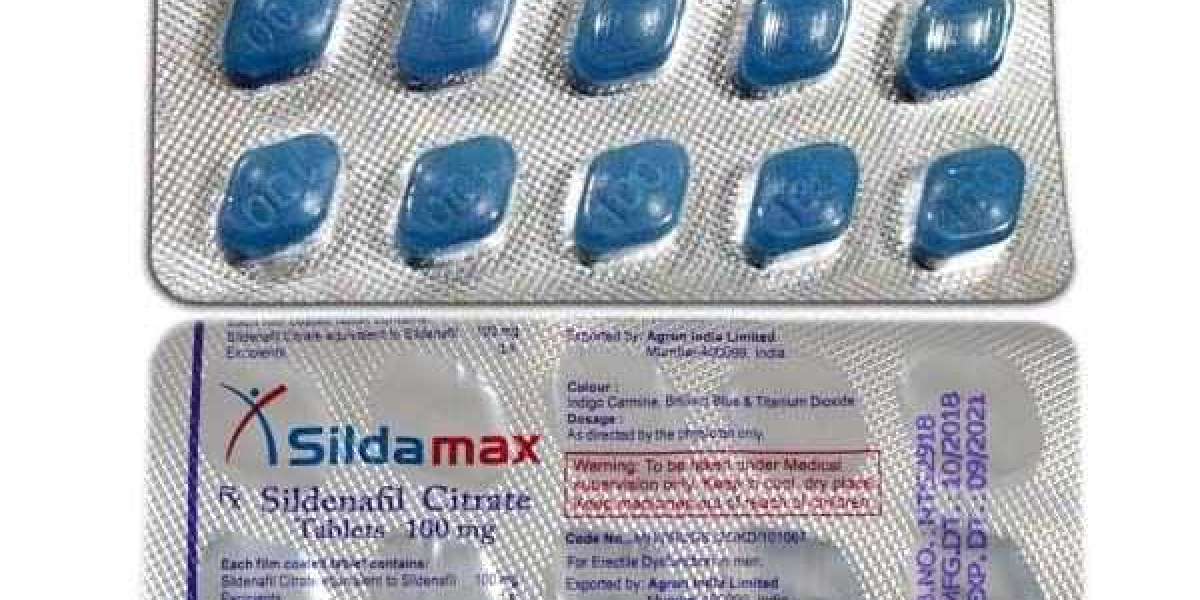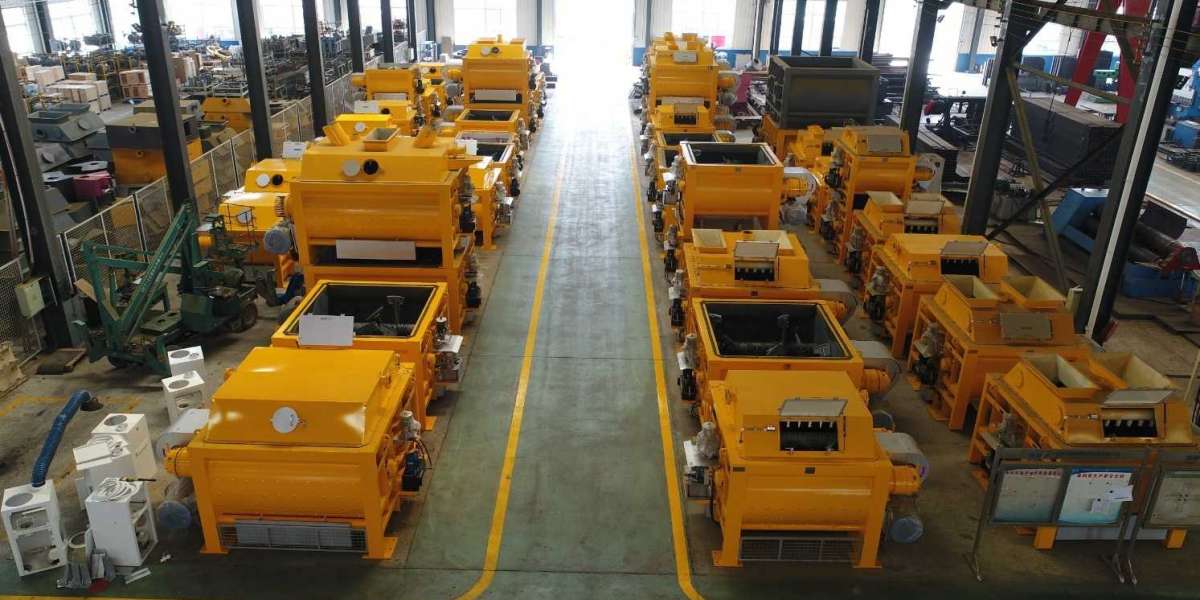What is a dry cabinet?
A dry cabinet, also called dehumidifying cabinet or dry box, is a storage solution used to protect sensitive items from excess humidity. These devices are used across many industries, but they are particularly popular for sensitive camera equipment storage. The main issue dry cabinets serve to fight is fungal growth. Cameras and camera lenses are susceptible to fungus given the right conditions – darkness and excess humidity.
Dry cabinets come in various shapes and sizes and there are different technollogies available, such as dehumidifying cabinet, electronic dry cabinet, dry nitrogen cabinet, baking dry cabinet, etc. As opposed to it's name, a dry cabinet's purpose is not to provide an environment devoid of any humidiy, as this might actually be detrimental to the equipment encased within. Much like a cigar humidor, the dry cabinet’s job is to maintain an optimal relative humidity. Most dry boxes are equipped with a hygrometer to allow you to check the humidity level inside.
How does a dry cabinet work?
Dry boxes can be broadly divided into two categories: active and passive. A passive model utilizes a dessicant inside an airtight sealed box, and typically offers limited control over the humidity level. These boxes require no electricity to operate, but need regular dessicant changes (or reactivation for multiple-use dessicant), especially when activelly used. Therefore, a passive dry box is a good solution when power consumption is an issue, for example in an off-the-grid application. For regular home use, an active dry cabinet is generally a simpler and more effective solution.
The typical active dehumidifying cabinet is an enclosure with electronic humidity control that automatically maintains a stable relative humidity (RH) at a preset level. Simpler models usually feature a small Peltier element to condense and remove the air-bourne moisture. More advanced models operate using multi-porous molecular sieve desiccants with automatic regeneration mechanisms. Electronic dry boxes are much more precise and reliable than passive models, but do require a constant power source.
Do you need a dry cabinet?
Whether or not you need a dry cabinet depends on your location, climate, gear and use patterns. Climate is generall the number one factor determining the need of such a device. If you live in a warm, humid climate like Southeast Asia or equatorial states, chances are a dehumidifying cabinet would be a wise purchase. Even the cooler temperate climate can provide enough moisture to cause trouble in the right conditions, especially in seaside areas.
Usage patterns are the second most important factor when you consider a dry cabinet for your equipment. If you constantly use your gear, day in and day out, the chances of it developing moisture related issues is minimal even in a moderately humid climate. Having the cameras out in the open, in sunlight and air, would usually suffice to prevent fungal growth in all but the most extreme cases.
On the other hand, if you find yourself storing your equipment for several months at a time, you might find a nasty surprise under a lens cap one day. The risk of fungus issues increases if you often work in wet, dewey conditions. In a humid environment, gear will accumulate moisture even if kept out of the rain. Putting away equipment in a dark, warm cabinet after such a shoot is a great way to grow some fungi.
Except for dry cabinet, many other customized cabinet solutions also become more and more popular, like heating oven equipment, semiconductor oven, precision oven and automatic tunnel furnace.








